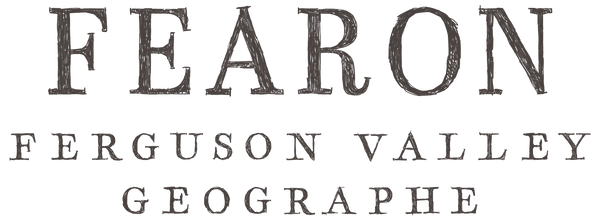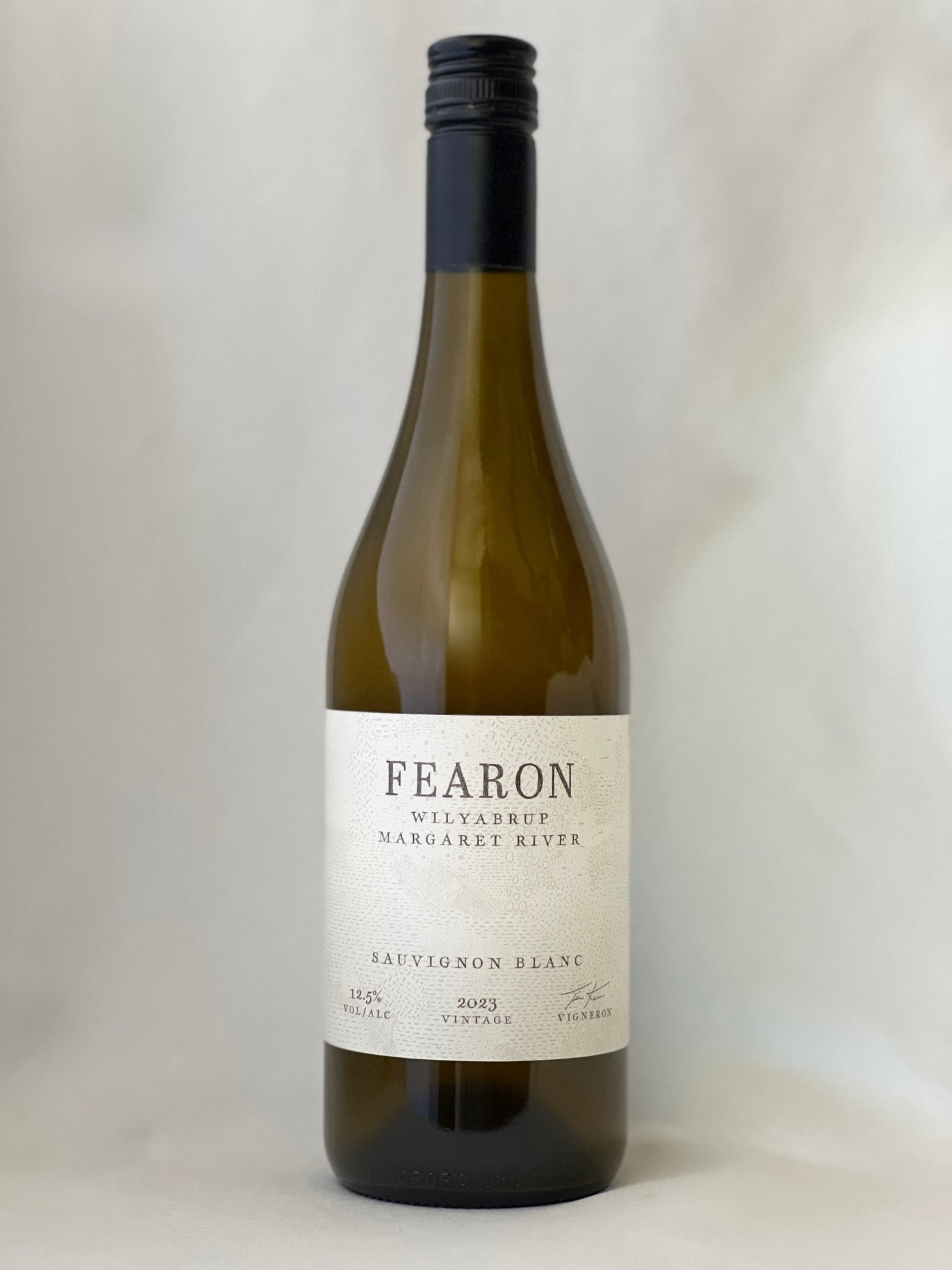2024 Fearon Malbec

Region: Preston Valley, Geographe
Alcohol: 14.5%
Tasting Notes: Aromas of cranberry, mulberry and blackcurrant pastille, and smokey BBQ plum sauce. Palate is soft and voluminous with inky black fruit and crunchy acid.
Pairing: Perfect as a standalone or paired with a variety of grilled or smoked red meat dishes.
Tasting Notes
Whilst most standalone Malbecs are full-bodied, this is a bright, fun and juicy expression of this most attractive of varieties, the light body and fine chalky tannins perfectly suited to chilling slightly to enjoy over the warmer months. Vibrant purple fruits fill out the nose; cranberry, mulberry and blackcurrant pastille, with even a hint of nectarine and white flowers. Smokey BBQ plum sauce, liquorice and aniseed add just a hint of savoury complexity. The palate is immediately soft and voluminous with inky black fruit and a crunchy acid/tannin structure. No use of new oak and a short time in barrel ensures the sole focus is on the fruit. Perfect as a standalone or paired with a variety of grilled or smoked red meat dishes.
Vineyard
The fruit was sourced from the Kings Lake Estate vineyard, in the Preston Valley sub-region of Geographe. The vines were only five years old, and this was in fact the first crop. The Preston Valley is located to the south of and immediately adjacent to the Ferguson Valley, where the much larger Preston River winds its way through some of the best farming land in WA, home to many of the state’s orchards. The vineyard is situated on a ridge with a variety of soil types and aspects, mostly gently sloping sandy-loamy soils with moderate drainage, and is one of the warmer vineyard sites in Geographe.
Winemaking
Fruit was harvested on the 7th of March, using a machine harvester with selective on-board sorting and destemming. The fruit was then chilled overnight and subsequently gently crushed into open fermenters, where it was allowed to undergo wild fermentation. Regular, gentle hand plunging by hand ensured only a very light extraction of tannins, and primary fermentation was completed in 10 days. The wine was then drained and pressed to seasoned French oak barriques and inoculated with a neutral malolactic bacteria culture. The wine was stirred regularly, then sulphured after 10 weeks. After four months of resting in oak, the wine was racked and blended with a small volume of Sauvignon Blanc. The wine was then lightly filtered and bottled.
Season
The 2024 vintage will go down as one of the earliest, hottest and most compressed harvests in the viticultural history of southwest WA. A drier than average winter saw a slightly earlier than usual budburst, and the spring of 2023 was one of the driest and warmest on record. Early shoot growth was rapid, bringing forward further phenological milestones. Soil moisture deficiency affected flowering and fruit set, reducing yields somewhat. Irrigation was necessary from the end of spring through summer to maintain vine condition. Veraison was early and subsequent ripening rapid across all varieties, hastened by the recurrent heatwave conditions across January and February. One silver lining is the very low disease pressure, and abundant Marri tree flowering ensuring little bird pressure. White varieties fared well, with very early harvesting ensuring retention of natural acidity. Red varieties were exposed to the most intense of the several heatwaves that occurred during February, as a result reaching sugar ripeness far in advance of tannin (skin & seed) ripeness. All in all, a difficult growing season that perhaps gave a glimpse into more regular conditions under a warming global climate, and highlighted just how important selecting the appropriate varieties and planting sites will be to adapt to future conditions. The wines produced were very good, and with the earlier harvest dates will suit early-release and approachability.


